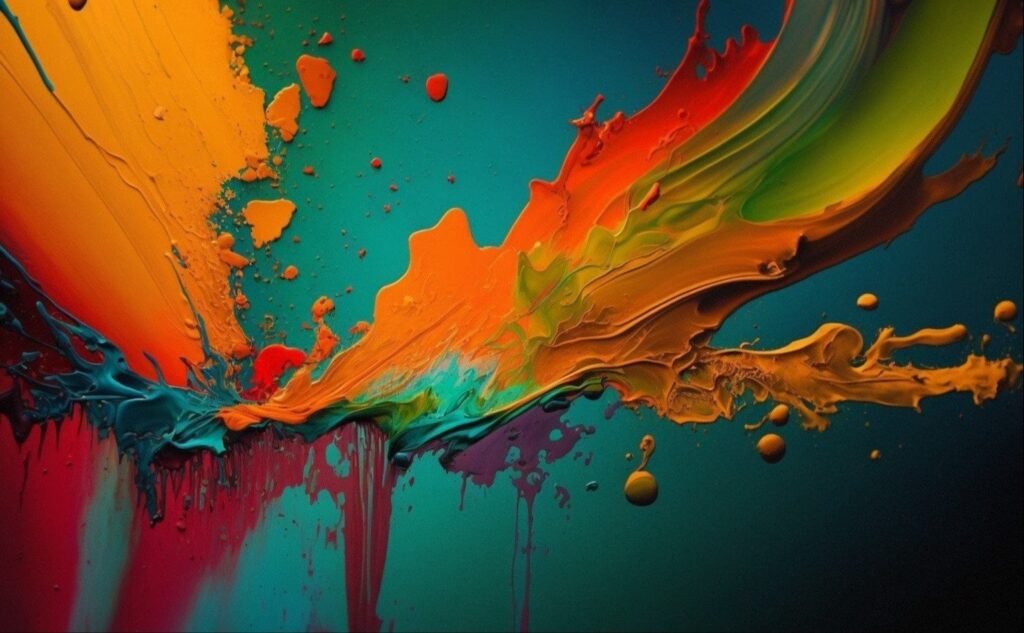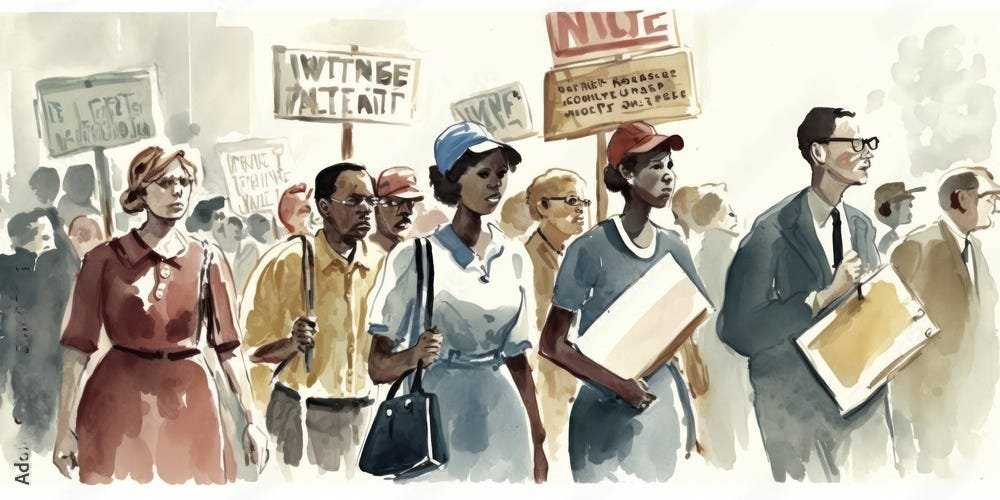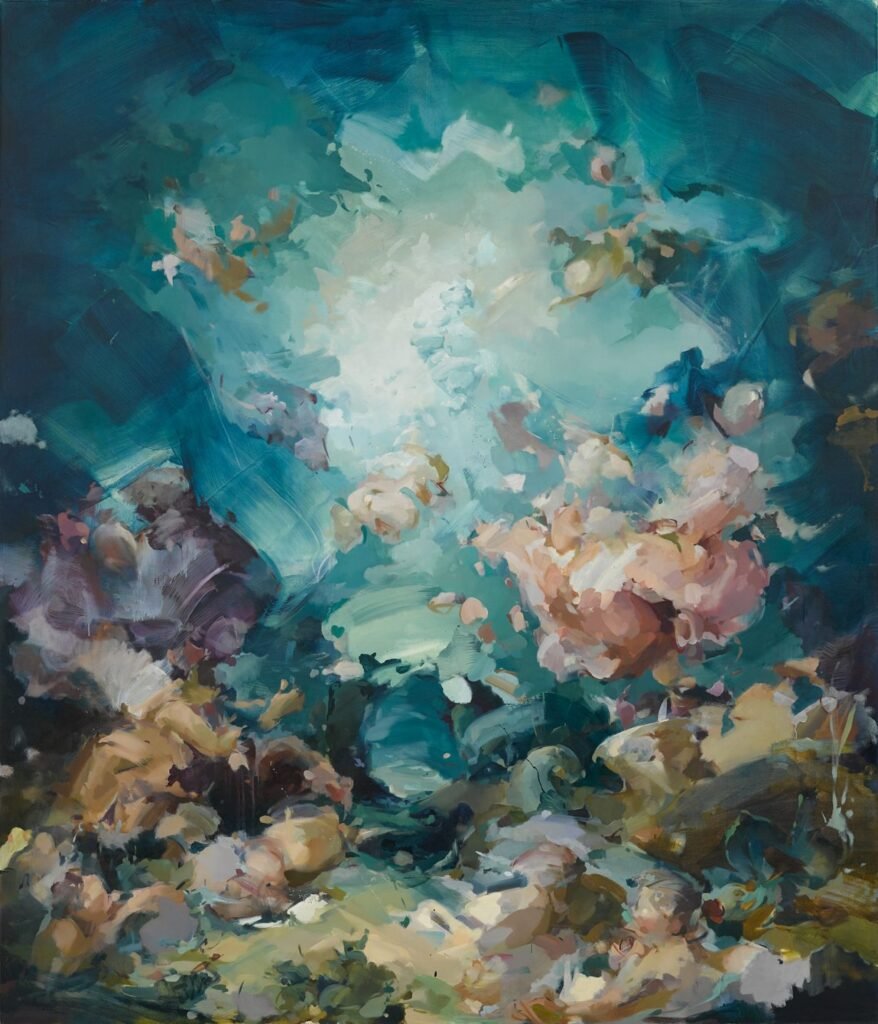Exploring the Intersection of Art and Culture: A Journey Through Creativity and Expression
Art and culture are two sides of the same coin, each reflecting and shaping the other in profound ways. From the intricate designs of ancient artifacts to the avant-garde movements of modern times, the interplay between art and culture is a dynamic force that continues to inspire and challenge us. In this blog, we will explore how art and culture influence each other, delve into some significant artistic movements, and reflect on the importance of understanding this relationship in our contemporary world.
The Symbiotic Relationship Between Art and Culture
Art and culture are deeply intertwined. Culture encompasses the beliefs, traditions, and social practices of a group, while art serves as a medium through which these elements are expressed and preserved. Art provides a lens through which we can understand different cultures, offering insights into their values, struggles, and aspirations. Conversely, culture shapes the way art is created, interpreted, and appreciated.
Art as a Reflection of Culture
Throughout history, art has served as a mirror to the society in which it is produced. Consider the cave paintings of Lascaux, which offer glimpses into the lives of early humans and their relationship with nature. Fast forward to the Renaissance, and we see art reflecting the period’s emphasis on humanism and scientific exploration, with works by Leonardo da Vinci and Michelangelo highlighting the era’s focus on individualism and anatomical accuracy.
In the modern era, street art and graffiti have emerged as powerful forms of cultural expression. These art forms often address contemporary social issues, such as inequality and political unrest, providing a voice to marginalized communities and challenging the status quo.

How Culture Shapes Artistic Expression
Culture also plays a significant role in shaping artistic expression. Different cultural backgrounds influence artistic techniques, themes, and materials. For example, traditional Japanese art often incorporates elements of nature and spirituality, as seen in ukiyo-e prints and zen-inspired brushwork. Meanwhile, African art frequently utilizes bold patterns and vibrant colors, reflecting the rich traditions and rituals of various African societies.
The cultural context in which an artist operates can also affect their creative process. For instance, the Harlem Renaissance was a cultural movement that saw African American artists, writers, and musicians create works that celebrated Black identity and culture while addressing racial issues. This period produced influential figures like Langston Hughes and Duke Ellington, whose contributions were deeply rooted in their cultural experiences.
The Impact of Artistic Movements on Culture
Artistic movements often have a profound impact on culture, shaping societal values and influencing future generations of artists. Let’s take a closer look at a few key movements:

The Impressionist Movement
The Impressionist movement, which began in France in the late 19th century, revolutionized the art world by challenging traditional techniques and subject matter. Artists like Claude Monet and Edgar Degas focused on capturing fleeting moments and the effects of light, leading to a departure from realistic depictions. This movement not only transformed the art scene but also reflected a broader cultural shift towards modernity and a new appreciation for everyday life.
The Abstract Expressionism Movement
In the mid-20th century, Abstract Expressionism emerged as a response to the trauma of World War II and the desire for personal expression. Artists such as Jackson Pollock and Mark Rothko explored new ways of conveying emotion and experience through abstraction. This movement highlighted the importance of individual perception and freedom, reflecting a cultural shift towards self-exploration and introspection.
The Role of Art in Contemporary Culture
Today, art continues to play a vital role in shaping and reflecting contemporary culture. Digital art, for instance, has expanded the boundaries of creativity, allowing artists to experiment with new technologies and reach global audiences. Social media platforms have become spaces for artistic expression and cultural exchange, enabling artists to share their work and engage with diverse communities.
Moreover, art has become an essential tool for social commentary and activism. From powerful murals addressing social justice issues to thought-provoking installations that challenge norms, contemporary artists are using their work to provoke discussion and drive change.

Conclusion
The relationship between art and culture is both complex and enriching. Art serves as a reflection of cultural values and experiences, while culture shapes the way art is created and interpreted. By exploring the intersections between these two realms, we gain a deeper understanding of both the creative process and the societal influences that drive it.
As we continue to navigate a rapidly changing world, appreciating the dynamic interplay between art and culture allows us to connect more deeply with our shared human experiences and celebrate the diverse expressions of creativity that enrich our lives.